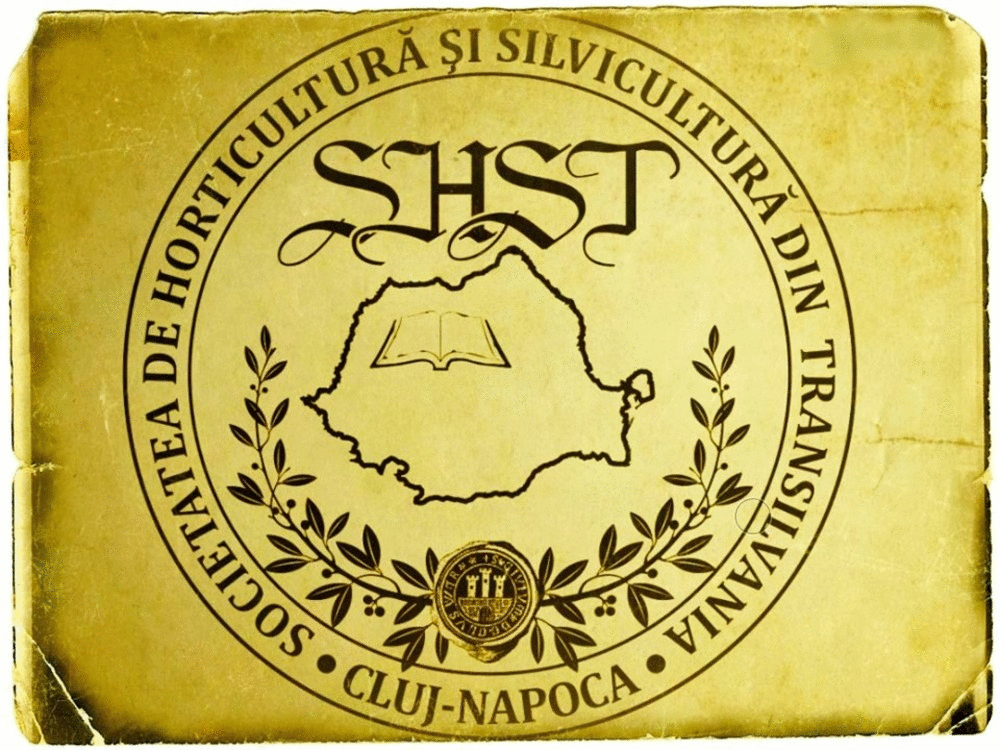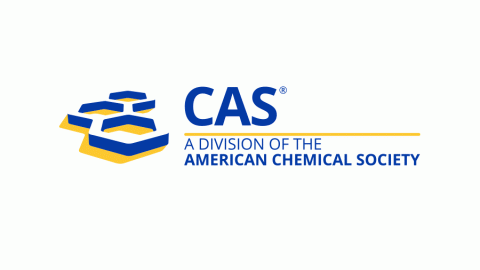Genetic Diversity Analysis of Lates calcarifer (Bloch 1790) in Captive and Wild Populations Using RAPD Markers
DOI:
https://doi.org/10.15835/nsb437896Abstract
Lates calcarifer (Bloch 1790) is one of the major economically important cultivable fish species in India. In this study, three populations of L. calcarifer was selected to assess the genetic diversity. Of which, two wild (Mudaslodai, Muthupettai) and one captive (Mutukadu) population. The genetic diversity of three populations of this species was studied using Random Amplified Polymorphic DNA (RAPD) markers. Ten random primers were used for the assessment of their genetic diversity and construction of the dendrogram. A total of 589 scorable bands were obtained, 93.12% of them were polymorphic. The Nei’s gene diversity (H) of two wild populations were more (0.0504 ± 0.0670 and 0.0519 ± 0.0953) than the captive population (0.0489 ± 0.0850). The clustering pattern obtained by UPGMA method emphasized the wild populations were clustered in one clade and captive population was deviated into another clade. This study proved that RAPD analysis has the ability to discriminate L. calcarifer populations. Further molecular studies, comprising a higher number of molecular tools are still required to precisely evaluate the genetic structure of all seabass populations along the Indian coast.
Metrics
Downloads
Published
How to Cite
Issue
Section
License
Papers published in Notulae Scientia Biologicae are Open-Access, distributed under the terms and conditions of the Creative Commons Attribution License.
© Articles by the authors; licensee SMTCT, Cluj-Napoca, Romania. The journal allows the author(s) to hold the copyright/to retain publishing rights without restriction.
License:
Open Access Journal - the journal offers free, immediate, and unrestricted access to peer-reviewed research and scholarly work, due SMTCT supports to increase the visibility, accessibility and reputation of the researchers, regardless of geography and their budgets. Users are allowed to read, download, copy, distribute, print, search, or link to the full texts of the articles, or use them for any other lawful purpose, without asking prior permission from the publisher or the author.













.png)















